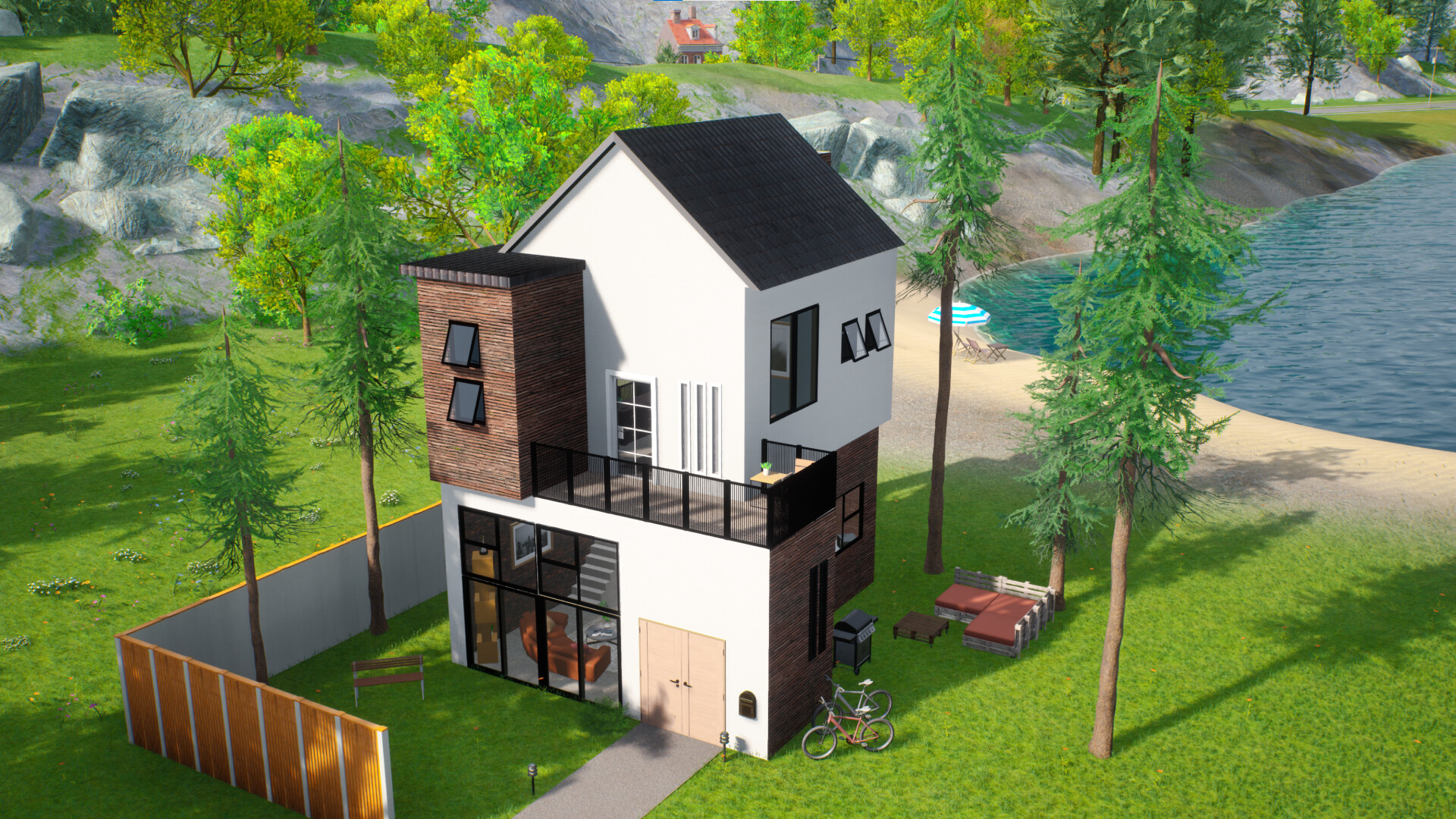Creating your dream house is a thrilling endeavor that blends creativity, strategy, and meticulous planning. Whether you’re envisioning a cozy cottage or a modern mansion, the journey from concept to completion requires thoughtful consideration of various elements. Below are some indispensable tips to guide you through the process of building your dream home.

Define Your Vision
Understand Your Needs and Desires
The foundation of your dream house lies in a clear understanding of your needs and desires. Begin by contemplating what you truly want in a home. Consider your lifestyle, family size, and future plans. Do you need a home office, a large kitchen for entertaining, or a spacious backyard for children to play? Make a comprehensive list of must-haves and nice-to-haves to guide your design process.
Create a Vision Board
Visualizing your dream house can be significantly enhanced by creating a vision board. Collect images, colors, textures, and styles that resonate with you. This visual tool will not only help you communicate your ideas to architects and builders but also keep you inspired throughout the construction journey.
Set a Realistic Budget
Detailed Financial Planning
Setting a realistic budget is paramount. It’s easy to get carried away with luxurious fixtures and finishes, but it’s crucial to establish a budget that reflects what you can afford. Include a contingency fund for unexpected expenses. Detailed financial planning will help prevent cost overruns and ensure the project stays on track.
Prioritize Expenditures
Not all aspects of your home will have the same level of importance. Prioritize spending on elements that are most important to you. For instance, if a state-of-the-art kitchen is essential, allocate more funds there and consider cost-effective options for other areas.
Select the Right Location
Evaluate Neighborhoods
Choosing the right location is as important as the house itself. Evaluate neighborhoods based on factors such as proximity to work, schools, healthcare, and recreational facilities. Consider the future development plans of the area, as these can impact property values and your quality of life.
Assess the Plot
When selecting a plot, consider its orientation, soil quality, and topography. A well-oriented plot can optimize natural light and energy efficiency. Ensure the plot is suitable for construction and doesn’t require extensive groundwork, which can escalate costs.
Engage a Competent Team
Hire an Architect
An experienced architect can transform your vision into a workable plan. Look for an architect with a style that aligns with your vision and a portfolio that demonstrates their expertise. Good architects will consider functionality, aesthetics, and sustainability in their designs.
Select a Reputable Builder
Choosing the right builder is crucial for the successful execution of your project. Research and select a builder with a solid reputation, verifiable credentials, and a track record of quality work. Ask for references and visit completed projects if possible.
Focus on Sustainable Design
Energy Efficiency
Incorporating energy-efficient designs and materials can significantly reduce your home’s environmental impact and operational costs. Consider features such as solar panels, high-efficiency windows, and proper insulation. These investments not only benefit the environment but also provide long-term savings.
Water Conservation
Implementing water-saving fixtures and systems is another crucial aspect of sustainable design. Low-flow faucets, dual-flush toilets, and rainwater harvesting systems can help conserve water and reduce utility bills.
Optimize Space Utilization
Functional Layout
A functional layout is essential for a comfortable and efficient home. Think about how you will use each space and design accordingly. Open floor plans can create a sense of spaciousness, while dedicated areas for specific activities can enhance functionality.
Storage Solutions
Adequate storage is often overlooked but is vital for maintaining an organized home. Incorporate built-in storage solutions, such as closets, cabinets, and shelving, to maximize space utilization. Custom storage solutions can help keep your home clutter-free and aesthetically pleasing.
Incorporate Smart Technology
Home Automation
Integrating smart technology can enhance the convenience, security, and efficiency of your home. Home automation systems allow you to control lighting, heating, security, and entertainment systems remotely. Invest in technology that suits your lifestyle and adds value to your home.
Future-Proofing
Technology is rapidly evolving, so consider future-proofing your home by installing infrastructure that can accommodate future technological advancements. This includes ample electrical outlets, wiring for high-speed internet, and space for additional devices.
Personalize Your Space
Custom Finishes
Personalizing your home with custom finishes can make it truly unique. Select materials, colors, and textures that reflect your personality and style. Custom cabinetry, bespoke lighting fixtures, and unique flooring can add character and charm to your home.
Artistic Touches
Incorporate artistic touches that make your home feel special. This could be a statement piece of art, a custom mural, or handmade tiles. These elements not only enhance the aesthetic appeal but also create a space that feels distinctly yours.
Plan for Outdoor Living
Landscape Design
A well-designed landscape enhances the beauty and functionality of your home. Plan for outdoor living spaces such as patios, decks, and gardens. Consider incorporating native plants, which require less maintenance and water, and add natural beauty to your surroundings.
Recreational Areas
If you enjoy outdoor activities, plan for recreational areas such as a swimming pool, a playground, or a sports court. These features can provide relaxation and entertainment for you and your family, adding to the overall enjoyment of your home.
Regular Communication and Supervision
Frequent Updates
Maintain regular communication with your architect and builder to stay informed about the progress of your project. Frequent updates will help you address any issues promptly and ensure that the construction is proceeding as planned.
On-Site Visits
Conducting regular on-site visits is essential to monitor the quality of work and adherence to the design. These visits allow you to catch any discrepancies early and make adjustments if necessary.
Building your dream house is a complex yet rewarding process that requires careful planning, a clear vision, and a dedicated team. By following these top tips, you can navigate the journey with confidence and create a home that perfectly reflects your dreams and aspirations.